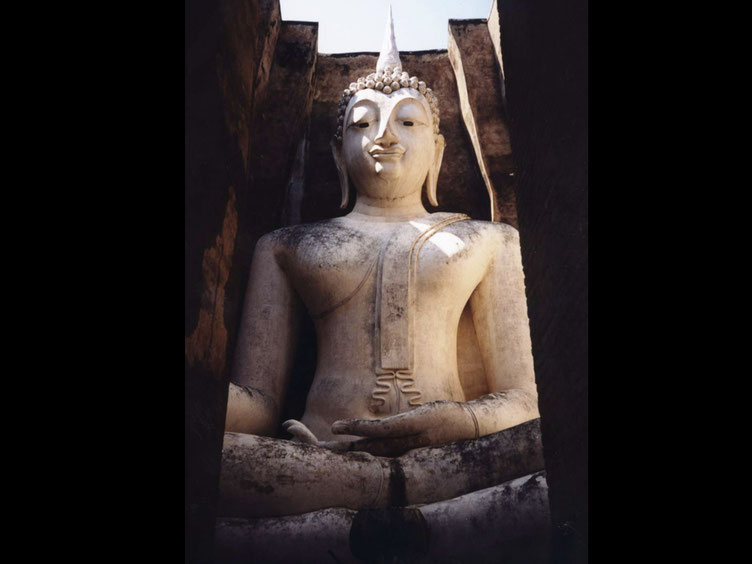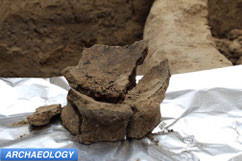
Workers repairing roads in Gongchi Village in Jingchuan County, China made an interesting discovery. They found a horde of statues and a box, which according to the words inscribed on its surface, contain the remains of the Buddha.
Live Science is reporting that the inscription on the box translates to:
"The monks Yunjiang and Zhiming of the Lotus School, who belonged to the Mañjuśrī Temple of the Longxing Monastery in Jingzhou Prefecture, gathered more than 2,000 pieces of śarīra [cremated remains of the Buddha], as well as the Buddha's teeth and bones, and buried them in the Mañjuśrī Hall of this temple.”
"In order to promote Buddhism, they wanted to collect śarīra [Buddhist relics]. To reach this goal, both of them practiced the instruction of Buddhism during every moment of their lives for more than 20 years.”
"Sometimes they received the śarīra from others' donations; sometimes they found them by chance; sometimes they bought them from other places; and sometimes others gave them the śarīra to demonstrate their wholeheartedness."
According to Newsweek, dates on the burial translate to June 22, 1013, while the Buddha lived between 563 BC and 483 BC.
Live Science is also reporting that archaeological investigations of the site have uncovered 260 Buddha statues, some more than six and half feet tall. They say the discovery was made in 2012, and archaeological investigations took place the following year.
Excavation results were published in 2016 in the Chinese journal Wenwu, but were only recently translated into English. The English articles are in the latest edition of Chinese Cultural Relics, the official English translation of the journal Wenwu.



